by Dakota Antelman
In 2014, math teachers at Hudson High School received a list of numbers that they did not like.
Seventy-three eighth grade students and 21 tenth grade students had scored a “needs improvement” or below on that year’s mathematics MCAS. Overall, Hudson High School had 24 more struggling math students, according to the test, than the state average that year.
The scores frustrated members of the math department.
“My goal as a teacher is to always make sure that the students are challenged but still learn,” says Algebra II teacher Joe Lentino. “We want to make sure that they’re being successful. I felt like the programs that we were implementing at the time just weren’t working.”
Later that year, it was Lentino who found what has become Hudson’s solution to its testing problem — a discovery-based curriculum called Eureka Math.
For Lentino, it started out as just another piece in the patchwork of curriculums the math department had used to try to boost test scores. But just three years later, every math class, from kindergarten to pre-calculus, in the Hudson Public Schools is being taught using the Eureka Math curriculum.
“It’s not the way I learned math; it’s not the way I’ve ever taught math before, but this is the way math should be taught,” explains Geometry teacher Shelley Beauchamp. “It makes much more sense than what we were doing before.”
Eureka Math is a curriculum that begins in kindergarten and follows students as far as their senior year of high school. First created under the name Engage New York as a state-wide curriculum for the New York Public Schools, Eureka is one of just a few curriculums mapped to follow the Common Core standards without any modification.
Before adding Eureka Math, Hudson had worked to both comply with Common Core and produce strong test scores using curriculums ranging from the College Preparatory Mathematics program to the Holt McDougal textbooks. Under those curriculums, however, students were not performing as the department wished.
“I was willing to try something else because the students were struggling,” Lentino says. “It didn’t matter what we tried, MCAS, midterms, finals, everything had low scores. We wanted to find something that would make our kids more successful.”
Lentino switched to the curriculum midway through the 2014 school year. Likewise, Beauchamp and three other teachers picked up Eureka math over the summer and brought it to their classes in the fall of 2015.
For those teachers who took up the new curriculum, last year was full of “growing pains.”
“The amount of planning that it takes to implement this effectively is not something that teachers are used to,” says Math Coach Tracey Lamson. “When you work out of a textbook, it’s pretty linear. One page leads to the next and everything is kind of compartmentalized. With Eureka, it’s not. The teachers really need to see the scope and sequence between grades that this curriculum has.”
Despite the initial struggles with the program, the Hudson Public Schools decided in early January to switch to Eureka across the district. After that announcement, the HHS math department began devoting half of its professional development time to devising a plan to efficiently move through the Eureka curriculum.
Teachers met during the school year and over the summer to eliminate extraneous lessons and create a pacing calendar to ensure that teachers are able to cover every lesson this year.
This fall, with the teachers who did not teach Eureka last year now integrated into the curriculum as well, Lamson is trying to provide as much support as possible to ensure a smooth transition.
“They still have their curriculum teams, where they meet with other teachers of the same subject, and then they have me to tap into if they need that support,” Lamson says. “Nobody can implement a curriculum effectively without some sort of collaboration.”
For students, this year’s total switch has brought welcomed continuity between classes.
“We all learned the same thing, but we didn’t learn it the same way or with the same ideas in mind,” explains sophomore Sophia Togneri, adding. “Now, if one of Mr. Lentino’s kids is working with someone from Mr. King’s class, we would all have similar ways of getting the answers instead of being on two completely different sides of whatever we were doing.”
For the math department as a whole, seeing test scores rebound is important, but it is not the only thing Lentino, Beauchamp and their colleagues hope to accomplish.
“We’re hoping that with a cohesive curriculum from K through 12, the math students here at Hudson are going to be ahead of the curve, not only on the SATs and the other tests but at stronger universities,” Lentino said. “We want them to be engaging in math long term. I think in the long run, we’ll be better served with the cohesive curriculum.”
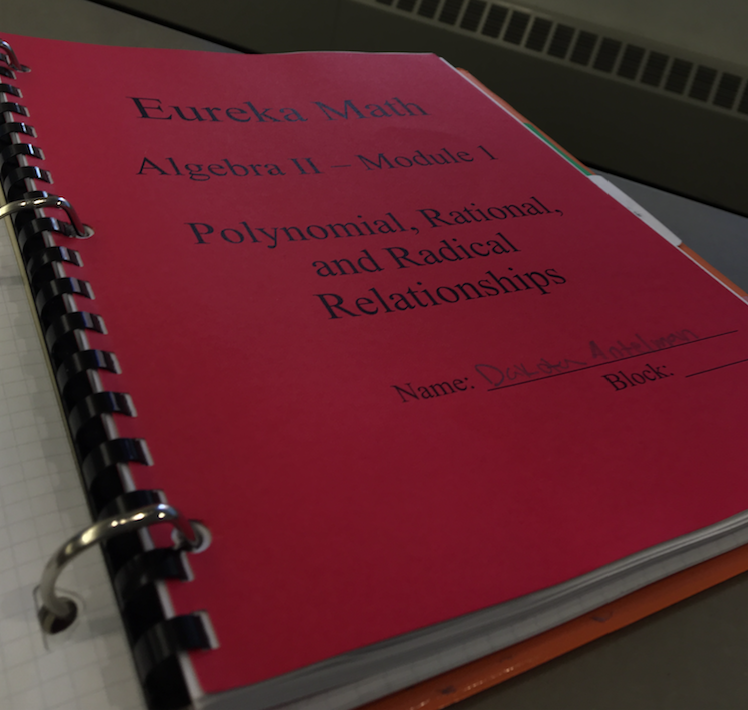
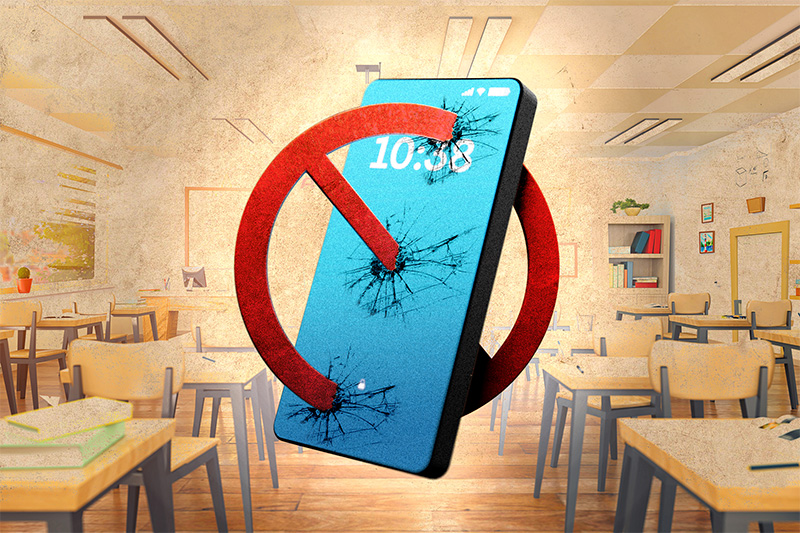
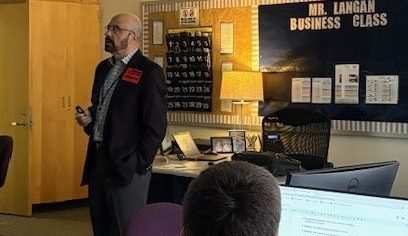
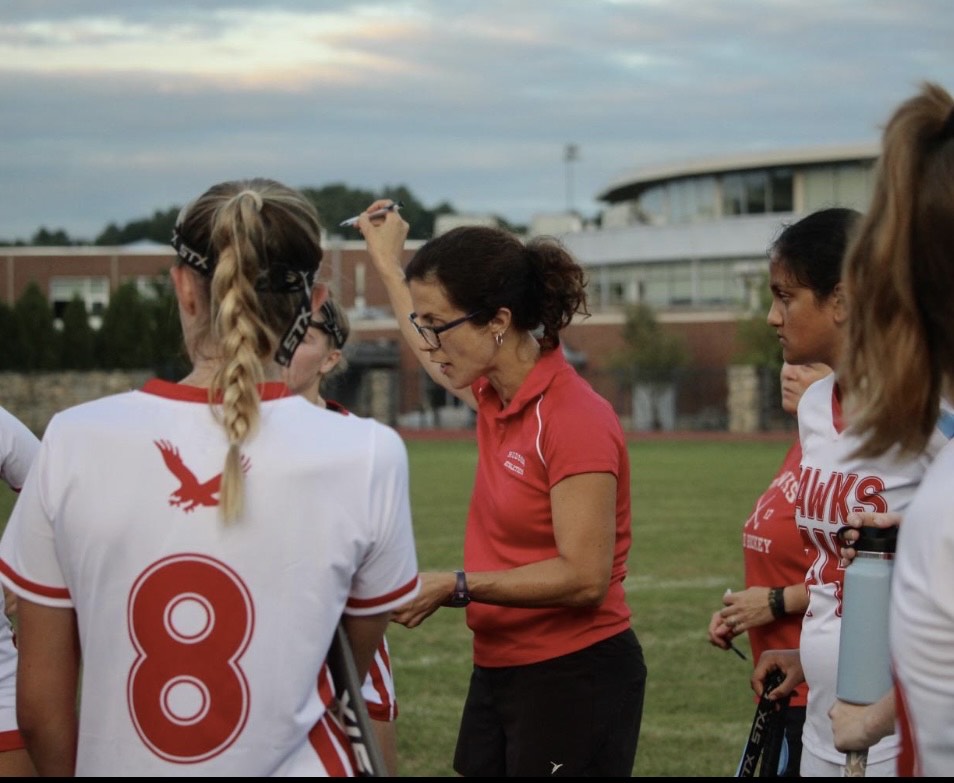

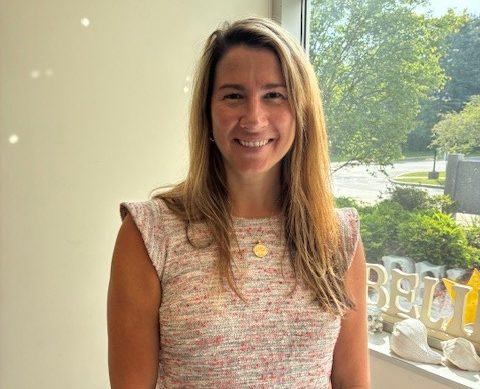


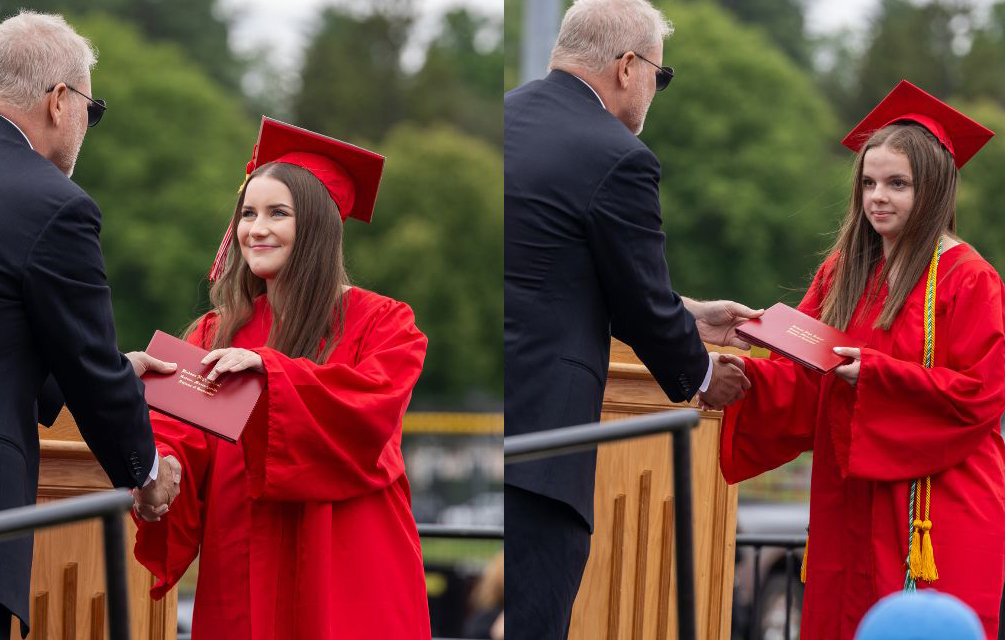

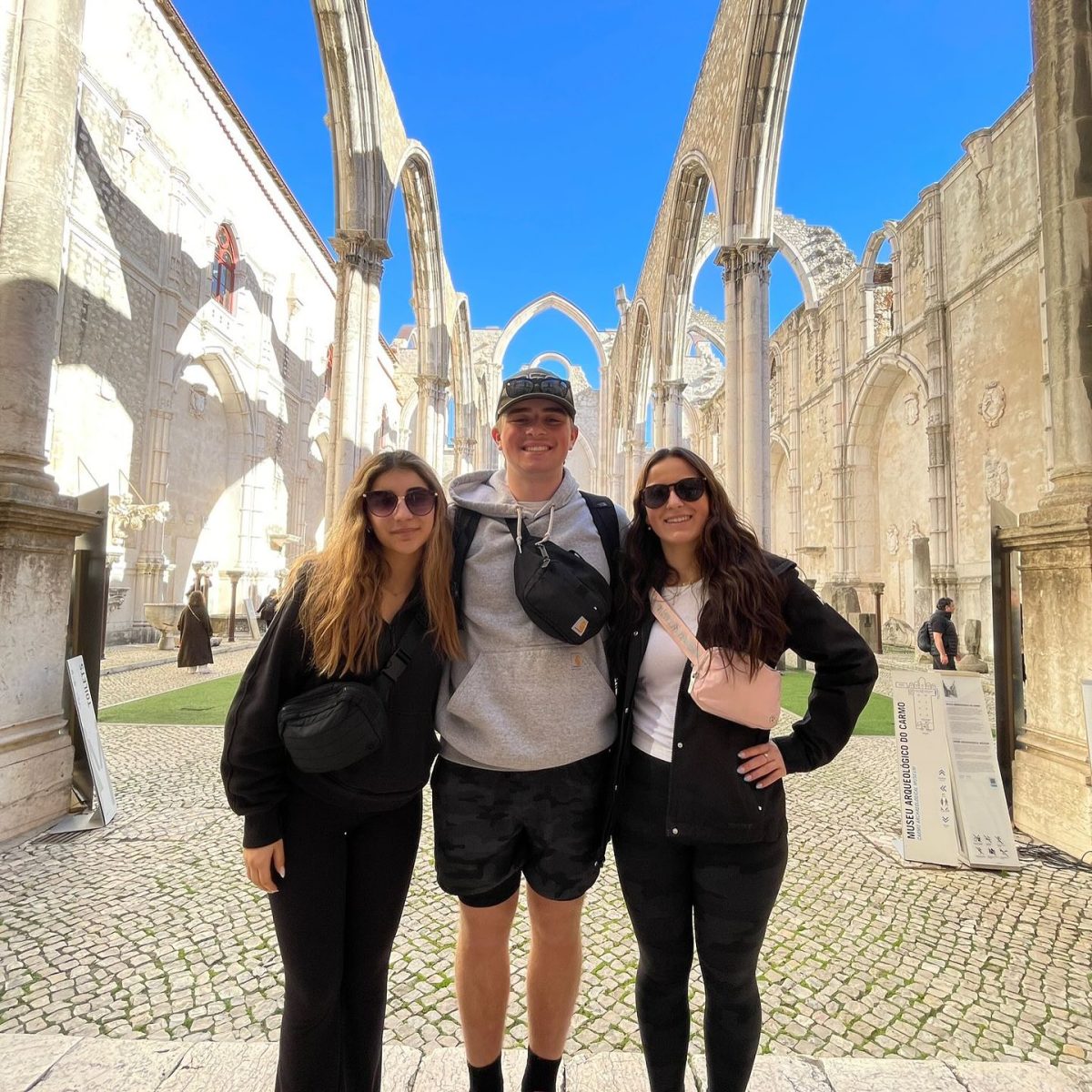




![Brazil's Neymar walks onto the pitch during his debut for Santos FC in a Sao Paulo league football match against Botafogo, in Santos, Brazil, Wednesday, February 5, 2025 [Andre Penner/AP]](https://bigredhawks.com/wp-content/uploads/2025/04/Neymar-is-Back-e1743558992671.jpg)



kamylla • May 4, 2017 at 4:17 pm
I LIKE THIS BECAUSE IS MORE FUN TO THE PEOPLES GET IN THE MATH CLASS NEW BOOK